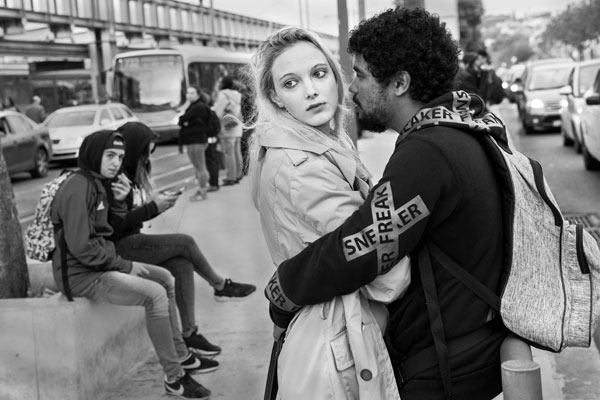The Best Guide To Framing Streets
The Best Guide To Framing Streets
Blog Article
All about Framing Streets
Table of ContentsGetting The Framing Streets To WorkOur Framing Streets StatementsA Biased View of Framing StreetsThe Only Guide for Framing StreetsWhat Does Framing Streets Do?4 Simple Techniques For Framing Streets
, generally with the objective of catching photos at a definitive or emotional moment by mindful framing and timing. https://www.webtoolhub.com/profile.aspx?user=42374010.
His boots and legs were well specified, but he is without body or head, since these were in activity." Charles Ngre, waterseller Charles Ngre. https://peatix.com/user/20569123/view was the initial digital photographer to achieve the technical refinement called for to sign up people in motion on the road in Paris in 1851. Professional Photographer John Thomson, a Scotsman working with reporter and social lobbyist Adolphe Smith, released Street Life in London in twelve regular monthly installments starting in February 1877
Facts About Framing Streets Uncovered
Eugene Atget is considered as a progenitor, not due to the fact that he was the first of his kind, yet as a result of the popularisation in the late 1920s of his document of Parisian roads by Berenice Abbott, who was inspired to take on a comparable documentation of New york city City. [] As the city developed, Atget aided to promote Parisian roads as a worthy topic for digital photography.

The 5-Minute Rule for Framing Streets
Martin is the initial tape-recorded digital photographer to do so in London with a disguised electronic camera. Mass-Observation was a social research organisation established in 1937 which intended to tape-record everyday life in Britain and to tape the reactions of the 'man-in-the-street' to King Edward VIII's abdication in 1936 to marry divorce Wallis Simpson, and the succession of George VI. The principal Mass-Observationists were anthropologist Tom Harrisson in Bolton and poet Charles Madge in London, and their first record was generated as guide "May the Twelfth: Mass-Observation Day-Surveys 1937 by over two hundred viewers" [] Window cleaner at Kottbusser Tor, Berlin, by Elsa Thiemann c. 1946 The post-war French Humanist College digital photographers found their topics on the road or in the restaurant. Andre Kertesz.'s extensively admired Images la Sauvette (1952) (the English-language version was labelled The Crucial Minute) advertised the concept of taking a picture at what he termed the from this source "decisive moment"; "when type and web content, vision and make-up combined right into a transcendent whole" - Street photography.
Framing Streets - The Facts
The recording maker was 'a covert electronic camera', a 35 mm Contax hidden below his layer, that was 'strapped to the breast and attached to a long cord strung down the best sleeve'. His work had little modern impact as due to Evans' level of sensitivities regarding the originality of his task and the privacy of his subjects, it was not released until 1966, in the publication Many Are Called, with an introduction composed by James Agee in 1940.
Helen Levitt, after that an instructor of kids, connected with Evans in 193839. She documented the temporal chalk illustrations - vivian maier that were part of kids's road culture in New york city at the time, along with the kids that made them. In July 1939, Mo, MA's brand-new photography section consisted of Levitt's operate in its inaugural eventRobert Frank's 1958 publication,, was significant; raw and usually out of focus, Frank's images questioned mainstream photography of the moment, "challenged all the official guidelines put down by Henri Cartier-Bresson and Walker Evans" and "contradicted the wholesome pictorialism and wholehearted photojournalism of American publications like LIFE and Time".
Report this page